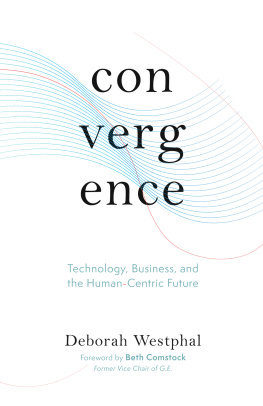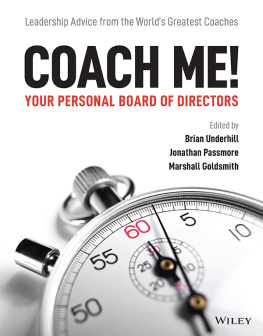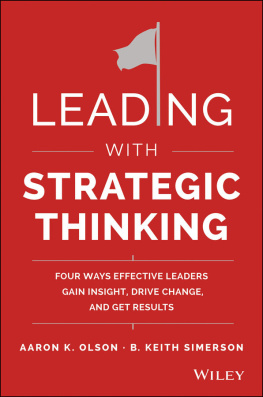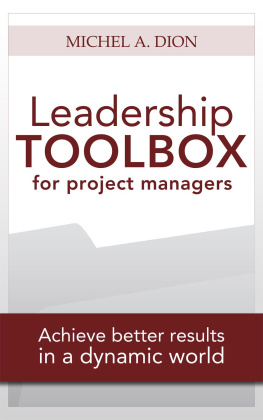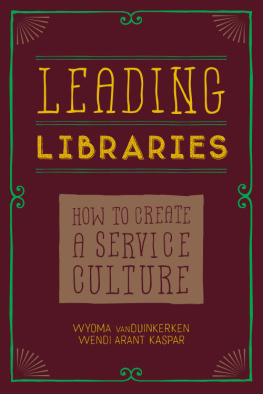Cover
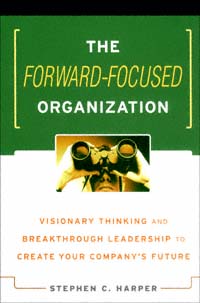
| title | : | The Forward-focused Organization : Visionary Thinking and Breakthrough Leadership to Create Your Company's Future |
| author | : | Harper, Stephen C. |
| publisher | : | AMACOM Books |
| isbn10 | asin | : | 0814406033 |
| print isbn13 | : | 9780814406038 |
| ebook isbn13 | : | 9780814426036 |
| language | : | English |
| subject | Leadership, Strategic planning, Organizational effectiveness. |
| publication date | : | 2001 |
| lcc | : | HD57.7.H368 2001eb |
| ddc | : | 658.4/092 |
| subject | : | Leadership, Strategic planning, Organizational effectiveness. |
Page i
The Forward-Focused Organization
Page iii
The Forward-Focused Organization
Visionary Thinking and Breakthrough Leadership to Create Your Company's Future
Stephen C. Harper

Page iv
Special discounts on bulk quantities of AMACOM books are available to corporations, professional associations, and other organizations. For details, contact Special Sales Department, AMACOM, a division of American Management Association, 1601 Broadway, New York, NY 10019. Tel.: 2129038316 Fax: 2129038083 Web site: www.amacombooks.org
This publication is designed to provide accurate and authoritative information in regard to the subject matter covered. It is sold with the understanding that the publisher is not engaged in rendering legal, accounting, or other professional service. If legal advice or other expert assistance is required, the services of a competent professional person should be sought.
| Library of Congress Cataloging-in-Publication Data |
| Harper, Stephen C. |
| The forward-focused organization : visionary thinking and breakthrough leadership to create your company's future / Stephen C. Harper. |
| p. cm. |
| Includes bibliographical references and index. |
| ISBN 0-8144-0603-3 |
| 1. Leadership. 2. Strategic planning. 3. Organizational effectiveness. I. Title. |
| HD57.7.H368 2001 |
| 658.4'092 dc21 | 2001022381 |
2001 Stephen C. Harper.
All rights reserved.
Printed in the United States of America.
This publication may not be reproduced, stored in a retrieval system, or transmitted in whole or in part,in any form or by any means, electronic, mechanical, photocopying, recording, or otherwise, without the prior written permission of AMACOM, a division of American Management Association, 1601 Broadway, New York, NY 10019.
Printing number
10 9 8 7 6 5 4 3 2 1
Page v
Contents
| Acknowledgments | vii |
| Introduction: Good-bye and Good Riddance to the Comfort Zone! | ix |
| Part I: The Role of Leadership in Creating a Forward-Focused Organization | 1 |
| 1: | Twelve Guidelines for Leading Change | 3 |
| 2: | Visionary Thinking and Breakthrough Leadership | 28 |
| 3: | Developing a Corporate Culture That Embraces Learning and Innovation | 43 |
| 4: | Fostering Speed and Agility | 61 |
| Part II: The Need for Bold Initiatives | 81 |
| 5: | Developing New Mental Models for New Challenges | 83 |
| 6: | Embracing the Concept of "Futuring" | 103 |
| 7: | Toward a "Corpreneurial" Approach to Creating a Forward-Focused Company | 124 |
| 8: | Playing "Two Markets" Ahead | 145 |
| Part III: Strategic Management: The Long-Term Backwards Path to the Future | 163 |
| 9: | Strategic Thinking | 167 |
| 10: | Strategic Learning | 180 |
Page vi
| 11: | Strategic Positioning | 197 |
| 12: | Strategic Monitoring and Controlling | 216 |
| Epilogue: Who Ever Said Breakthrough Leadership Would Be Easy? | 237 |
| Appendix 1: One Hundred Ways to Self-Destruct as a Leader | 239 |
| Appendix 2: One Hundred Ways to Drive Away Your Customers | 245 |
| Index | 253 |
| About the Author | 259 |
Page vii
Acknowledgments
I want to thank Professor Robert Keating, who has been a friend and colleague since 1985. He is the best-read person who I have ever known. He has provided me with dozens of articles to read over the years. I doubt that I would have written this book without Bob's cross-pollination of ideas, management discussions, and reading assignments.
I want to thank all my students. My undergraduate students remind me what it is like to be young and excited about what tomorrow will bring. My graduate students have been a fountain of ideas and differing perceptions. Their questions about why organizations are so slow to change challenge me during every encounter.
I particularly want to acknowledge my father, the late H. Mitchell Harper, Jr. He opened my eyes when I was growing up to the dynamics of business and the development of people. On numerous occasions, he stepped aside so that I could feel the excitement of having my hands on the throttle. My father and Jim Clarkson, a coach in my formative years, showed me that exciting things happen when you are challenged in a supportive and caring environment.
I want to thank a number of executives who provided interesting leadership role models: Thomas Watson, Jr. of IBM, who sent me a copy of his book, A Business and Its Beliefs, when I was a graduate student. His emphasis on having a few core values, especially superiority in everything you do, left a lasting impression on me. Jack Welch of General Electric came along at a time when there were no role models. He showed the way for U.S. companies to reestablish world leadership. Herb Kelleher of Southwest Airlines showed how to shake up an established industry and create a company where work can be fun.
I want to thank the following management writers who have
Page viii
provided considerable food for thought: Peter Drucker, who is the father of management education; John Gardner, who provided insights into the nature of organizations; Warren Bennis, who has taken leadership to a new level; Rosabeth Moss Kanter, who has provided insights into the dynamics of change; Bob Townsend, who in his book Up the Organization was the first author to show irreverence to management practices; Tom Peters, who has taken irreverence, candor, and high-energy presentations to a whole new level; H. Igor Ansoff, who wrote the first book on planning and strategy that I ever read; Gary Hamel, who combines Drucker-type insights with Peters-type candor to provide the most interesting reading and presentations today on business strategy; and Stephen Covey, who has championed the crusade to reestablish human values in organizations. I would also like to thank the people who put together
Next page

